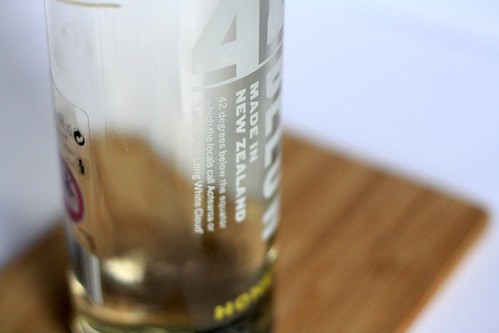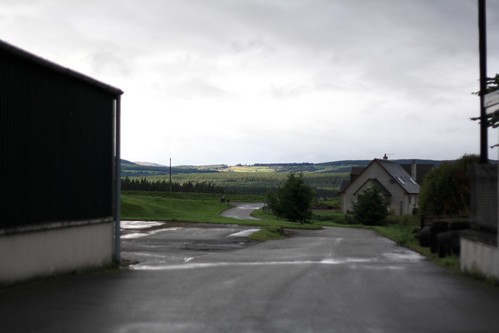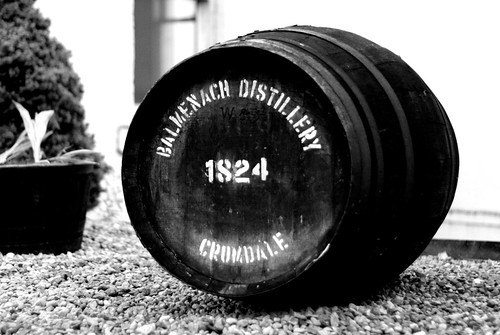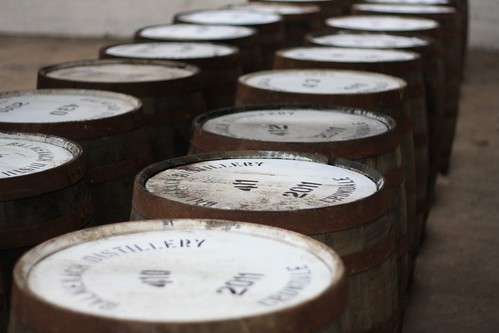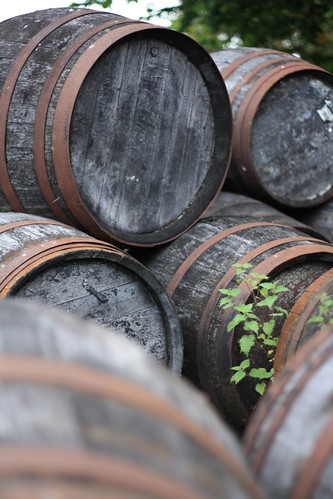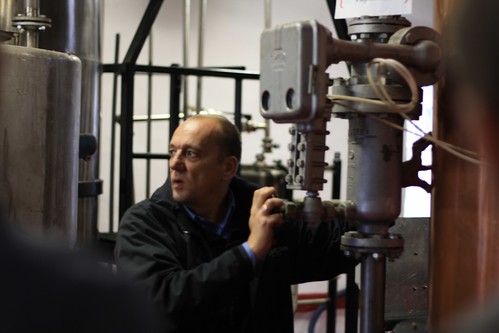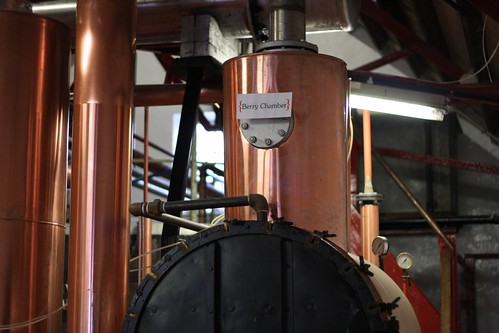Circles and straight lines
With any kind of creative endeavour, there's always a temptation to say you've created something for the simple pleasure of having created it - art for art's sake, if you will - but while that's true to some extent, it would be ever so slightly misleading of me to suggest that all the drinks I come up with are in celebration of some Dionysian muse. Most of the time, they're in celebration of the possible acquisition of stuff.
Cocktail competitions have been something of a compelling force in the industry over the past few years - the emergence of huge, global contests with prizes of the genuinely life-changing variety (recent highlights include brand ambassador roles, start-up capital for opening your own bar, getting to design and sell your spirit) to accompany the more traditional bonuses of travel, equipment and free booze has led to a near-constant cycle of fierce competition. With so many people producing so many new recipes, standards have inevitably improved - gone are the days when the winner was the person with the most exotic fruit.
There's now further pressure when it comes to formulating a recipe: not only must it taste good and look good, now every drink needs that thing that makes it stand out from the crowd. It might be a home-made ingredient or a new technique or a crazy new garnish. For me, it's usually trying to draw dodgy thematic connections between things.
Here's an example: for the Ron Diplomático World Tournament, I wanted to pair up a rich, aged rum from Venezuela with the floral notes of Chartreuse. The rum in question - Diplomático Reserva - is aged for up to eight years and brings a chunk of rich fruit (I get a lot of plum and banana) along with some darker spice notes (espresso, vanilla and dark chocolate in particular) and it doesn't naturally match the complex herbal qualities of Chartreuse. If you were to make a Venn diagram of the two, it might look like two separate circles on a page.
The trick was to use something as a bridging flavour and I opted for Grand Marnier; the cognac base would play well with the rum and the sweet citrus fills in the gap to lighter aspects of the Chartreuse. The other reason Grand Marnier works well is as a thematic link between the other two ingredients.
On one hand, you have Diplomático Reserva. Produced at Distilerias Unidas (DUSA), it's a blend of column- and pot-still rum and makes use of a couple of specific quirks of Venezuelan rum production: due to the low, government-set price of sugar, the molasses they use for the column-still rums are relatively high in sugar content, and the local climate tends to mean that evaporation during barrel ageing doesn't significantly impact the ABV of the spirit. While DUSA has been in operation since 1959, many of the techniques used were brought to the Haçienda Botucal by Don Juancho Nieto Melendez in the late 19th century. It's a great representation of rum as the spirit of the new world - initially produced as a solution to the surplus of molasses from sugar production and refined over time into something remarkable and elegant.
On the other hand, Chartreuse has been made Carthusian monks since the 1740s from more than 132 herbal extracts and can be seen as an archetype of the European tradition of liqueur-making that began with its roots in alchemy and medicine and would ultimately lead to things like genever and, later, gin.
And then in the middle comes Grand Marnier; conceived in the 1880s by Alexander Marnier-Lapostolle and combining the new world (in the form of the bitter peels from the Caribbean that provide the orange flavour) and the old (in its base spirit of aged Cognac). It provides a link in more than just flavour - it's on the line from the old world to the new world in both geography and time.
All things considered, it's a neat little conceit. The drink itself - the King of the Hill - is available over the bar at work and has been well received by people who really don't have much of an interest in the historical and thematic relationships between the ingredients in it so I guess I'll see if it'll make the difference if I make the Australian final in Melbourne in April.
King of the Hill
35ml Diplomático Reserva
10ml Green Chartreuse
10ml Grand Marnier
10ml lemon juice
Shake all ingredients with ice and strain into a chilled cocktail glass. Garnish with a twist of orange zest.


